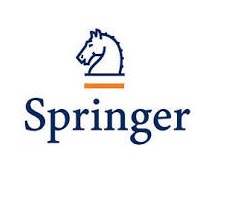6 Conclusions
This paper addressed the problem of modeling security controls in mobile and distributed workflow executions, and how to enhance mobile workflow execution in the security scope. We proposed a framework to inject security controls in workflows, by modeling security as control points present in executing mobile workflows. The results obtained in the injected security controls are employed to make decisions (corrective, preventive and adaptive actions) in a flexible way, depending on the execution system capabilities and the workflow context, in order to enhance the mobile execution.
As an extension of a previous paper [4], we evolved our previously defined workflow model considering control and security events, and defining the transaction between the execution system and the security framework, including some mechanisms to support the usage of remote resources in the context of the selected security actions.
The security framework was implemented in a prototype in the form of a mobile application for Android. To evaluate the prototype’s performance, we created three services for the application of security actions in real-time according to the preventive, corrective and adaptive scenarios.








